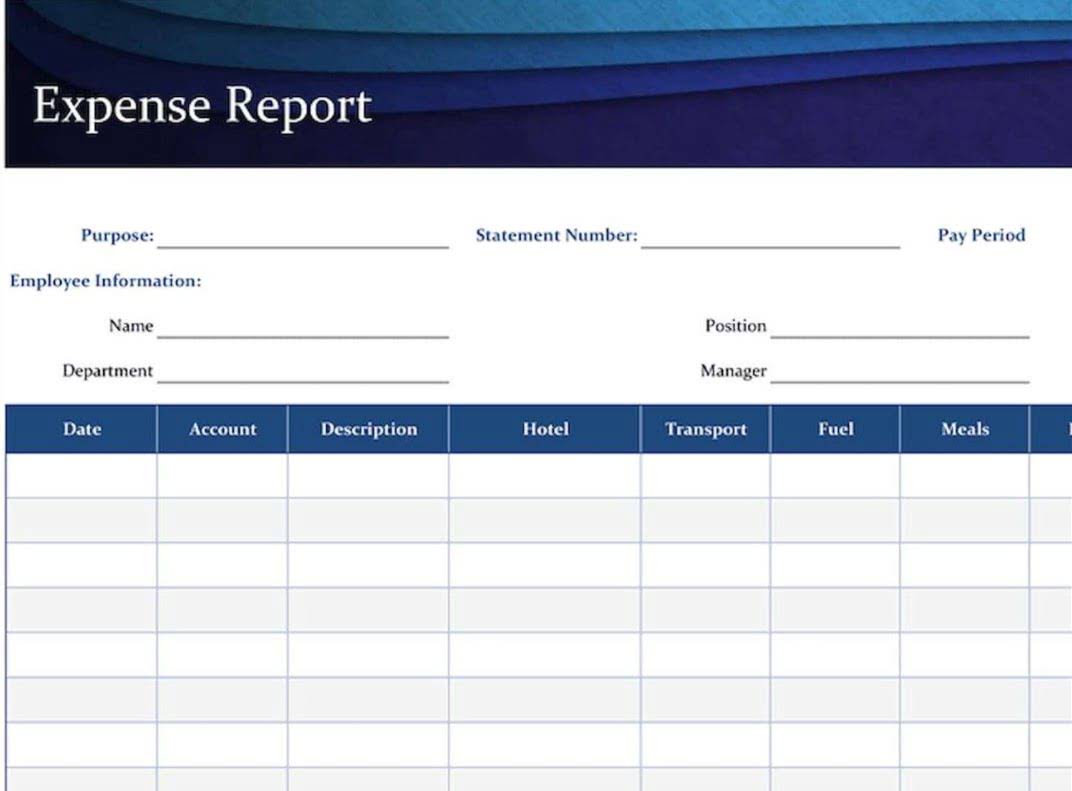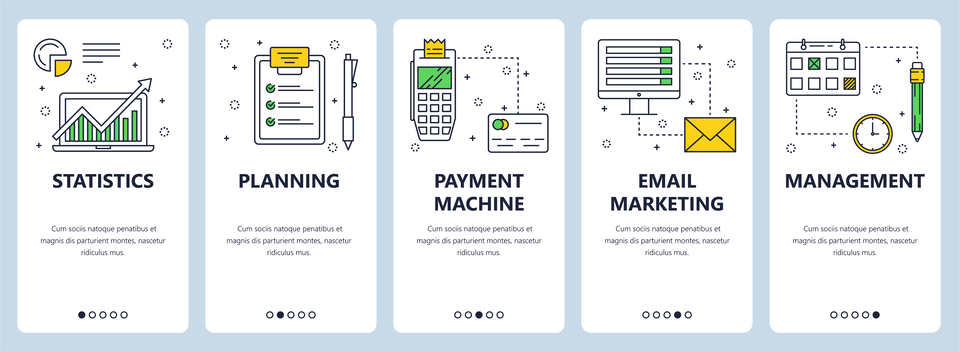
Therefore, the costs of storing materials are part of manufacturing overhead, whereas the costs of storing finished goods are a part of selling costs. Remember that retailers, wholesalers, manufacturers, and service organizations all have selling costs. They are the costs that are directly and indirectly related to producing an item. As shown in the income statement above, salaries and benefits, rent and overhead, depreciation and amortization, and interest are all period costs that are expensed in the period incurred.
- By implementing effective cost allocation methods, businesses can gain insights into their cost structure, enhance decision-making capabilities, and ultimately drive sustainable growth and profitability.
- All manufacturing expenses, costs incurred in the factory or production process, (i.e., direct materials, direct labor, and factory overhead) are product costs.
- It includes direct materials (e.g., lumber for furniture), direct labor (e.g., wages of assembly line workers), and manufacturing overhead (e.g., factory utilities).
- Understanding these costs is not just about recording numbers; it’s about grasping their broader implications on pricing strategies, budgeting, forecasting, and tax considerations.
- CFI is the global institution behind the financial modeling and valuation analyst FMVA® Designation.
- Conversely, depreciation of office equipment or buildings used in administration or sales functions is treated as a period cost.
- Understanding Period Costs is crucial for any business looking to navigate the complex landscape of financial management.
Fixed Period Costs

Direct material costs are the costs of raw materials or parts that go directly into producing products. For example, if Company A is a toy manufacturer, an example of a direct material cost would be the plastic used to make the toys. Many employees receive fringe benefits paid Accounts Payable Management for by employers, such as payroll taxes, pension costs, and paid vacations.

Can you give examples of product and period costs?
This comprehensive budgeting ensures that all aspects of the company’s financial obligations are period costs anticipated and accounted for, allowing for a more robust financial plan. In the intricate world of accounting and management, period costs stand as a critical concept that influences financial reporting and strategic decision-making. These expenses are pivotal for businesses to comprehend as they directly affect profitability and operational efficiency.

What are Period Costs?
Managing mixed period costs requires a nuanced approach, balancing the fixed and variable components to ensure cost-effectiveness and efficiency. Analyzing historical data and trends can help businesses anticipate fluctuations in mixed costs and make informed decisions to control expenses. Product costs are costs necessary to manufacture a product, while period costs are non-manufacturing costs that are bookkeeping expensed within an accounting period. Unlike manufacturing or merchandising organizations, which deal with tangible products, service organizations provide intangible offerings that cannot be inventoried. The intangibility means that service firms must account for their costs without the traditional classification of product costs. Period costs, by contrast, are expensed in the period they are incurred, regardless of when the revenue is earned.
- Administrative expenses are non-manufacturing costs that include the costs of top administrative functions and various staff departments such as accounting, data processing, and personnel.
- Such materials, called indirect materials or supplies, are included in manufacturing overhead.
- For example, a substantial increase in advertising expenditure in a particular quarter will decrease the net income for that quarter, even if the benefits of the advertising campaign are long-term.
- In other words, overheads are that cost that is neither direct material nor direct labor.
- The tax implications of period costs are an intricate aspect of fiscal management that can influence a company’s tax liability.
Whether you’re a business owner, manager, or investor, grasping the concept of Period Costs is essential for making informed decisions, optimizing resources, and ultimately achieving financial success. Consider the direct raw material to be just fabric, while the requirements of the other two materials cannot be directly tracked and are hence considered indirect. To avoid losses, the sales price must be equal to or greater than the product cost per unit. If the sale price is equal, it is a break-even situation, i.e., no profit or loss, and the sales price covers the cost per unit. On the other hand, a sales price higher than the cost per unit results in gains. For example, an automobile manufacturing company typically requires plastic and metal to create a car.

